Cubism, Dadaism, & Surrealism
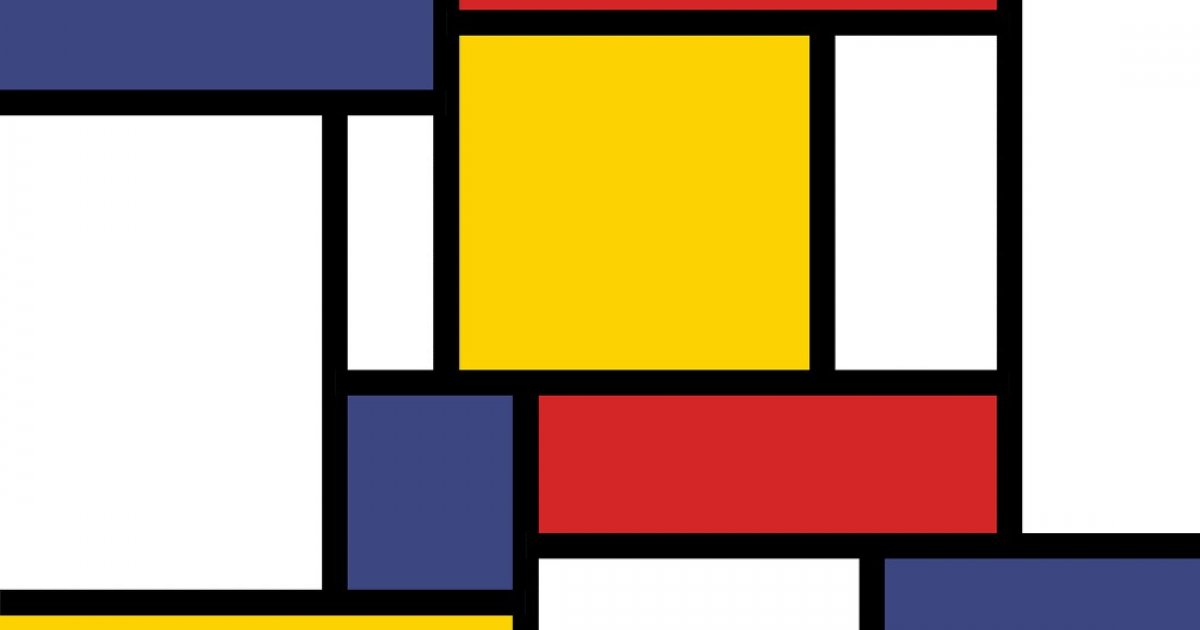
“I wish to approach truth as closely as possible, and therefore I abstract everything until I arrive at the fundamental quality of objects”
Piet Mondrian
Mondrian was born Pieter Cornelis Mondriaan but changed his name so it was an anagram of “I paint modern”. Co founder of De Stijl, an art group focused on true abstraction and reduction of form. Mondrian created the movement he called “Neoplasticism” which used primary colours, values and vertical and horizontal lines to create a “dynamic balance”. his work, though simple to the eye, took him months to complete and an immense amount of thought- definitely more than i put into most of my work. He used plasticism to represent modern reality through his colours and the action portrayed in his pieces as well as his need to pair everything down to the simplest forms. His work has helped to develop modern abstract art in a profound way and still is heralded as one of the most important artists of the 20th century
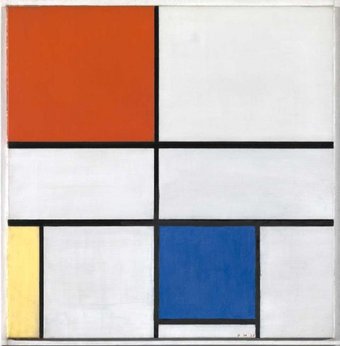
composition II
compositionII
https://en.wikipedia.org/wiki/Composition_with_Red_Blue_and_Yellow
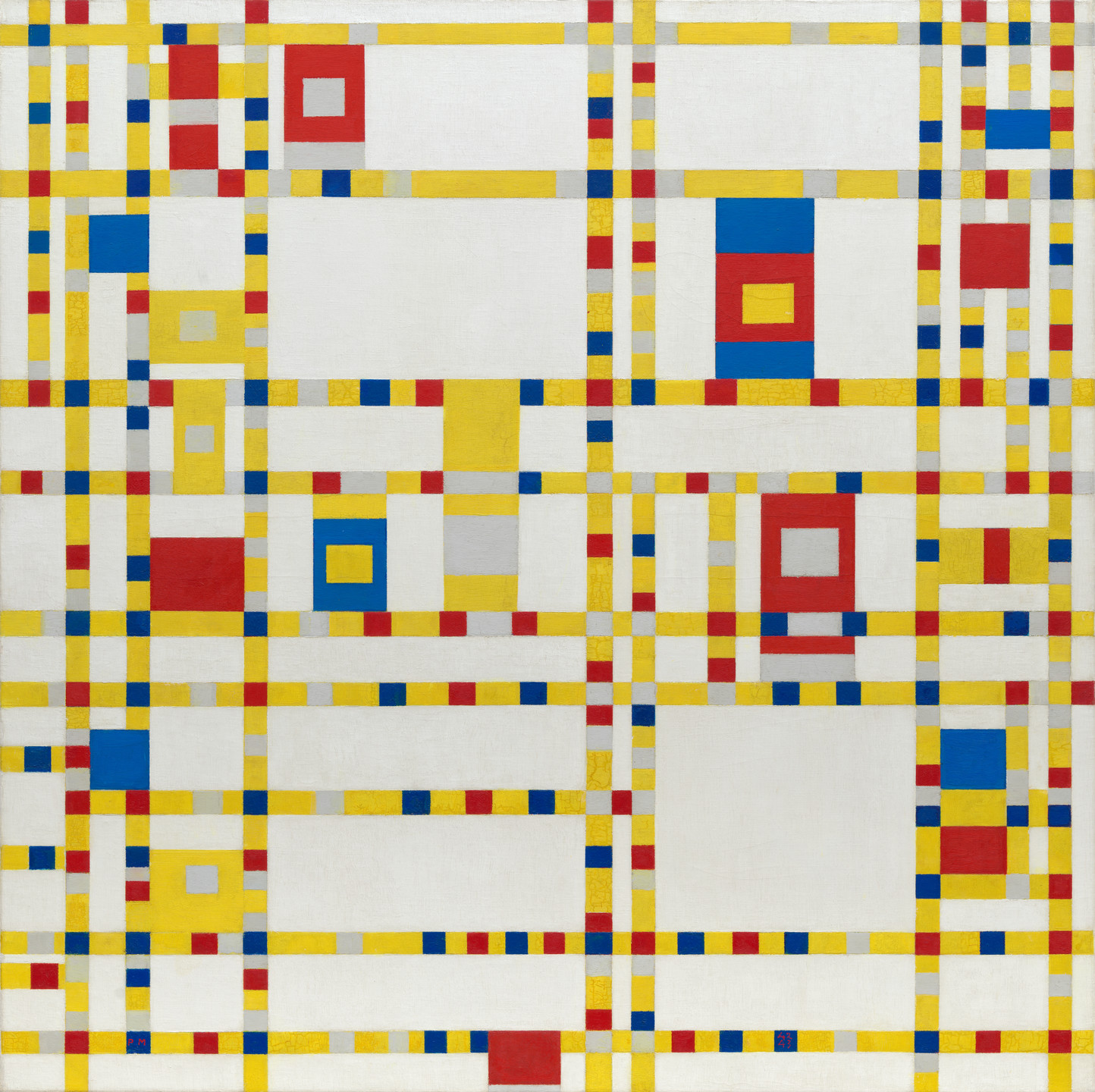
Broadway Boogie Woogie
https://www.moma.org/collection/works/78682
Sources
https://www.theartstory.org/artist/mondrian-piet/artworks/
https://www.britannica.com/biography/Piet-Mondrian
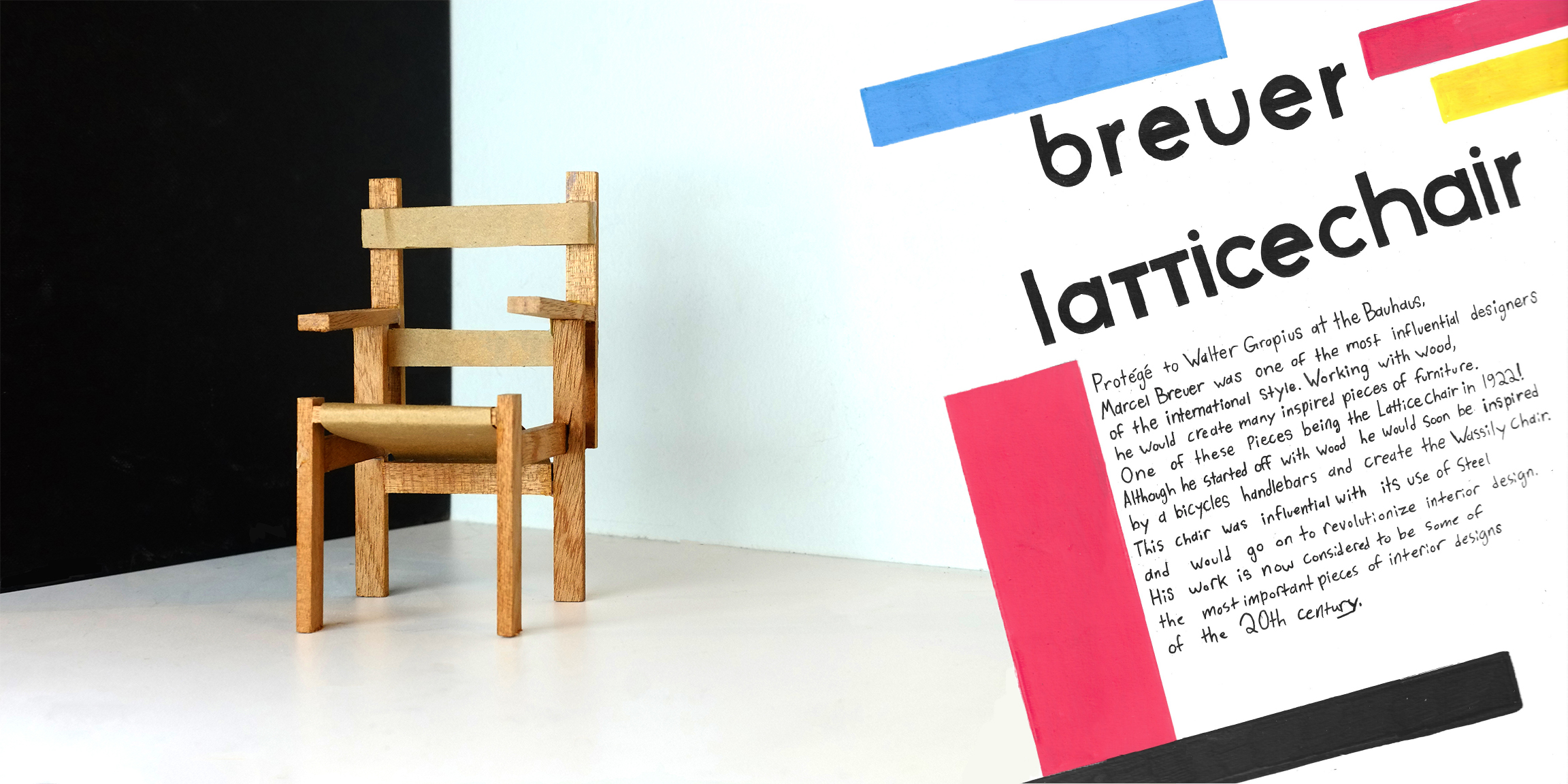
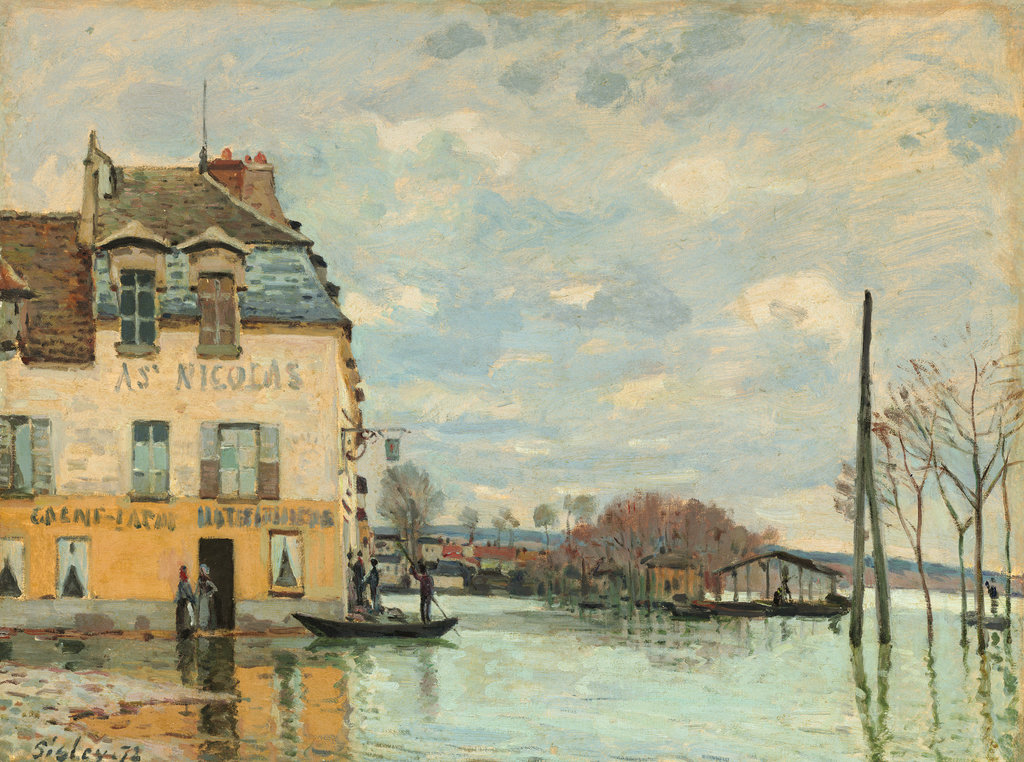



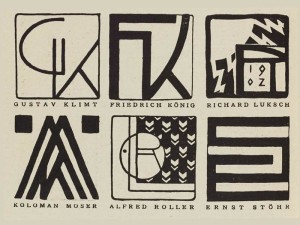

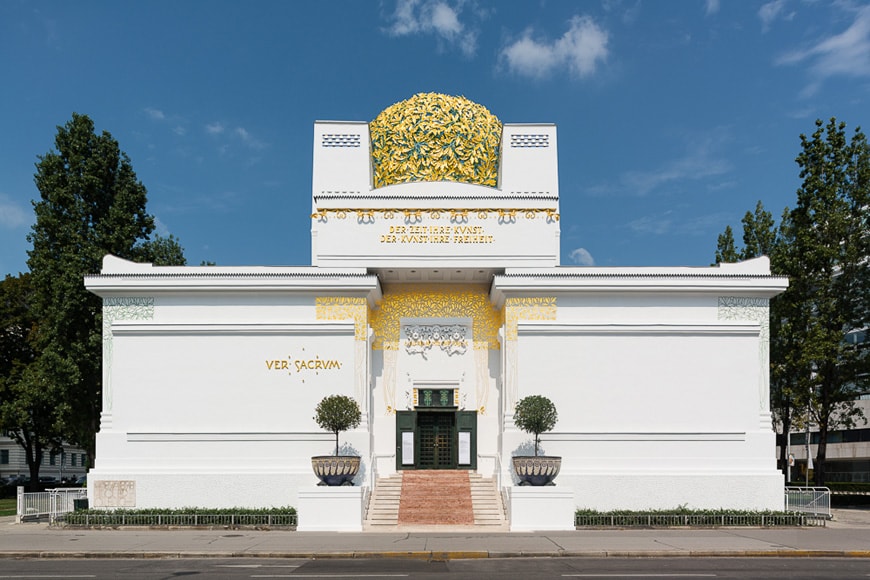

Recent Comments